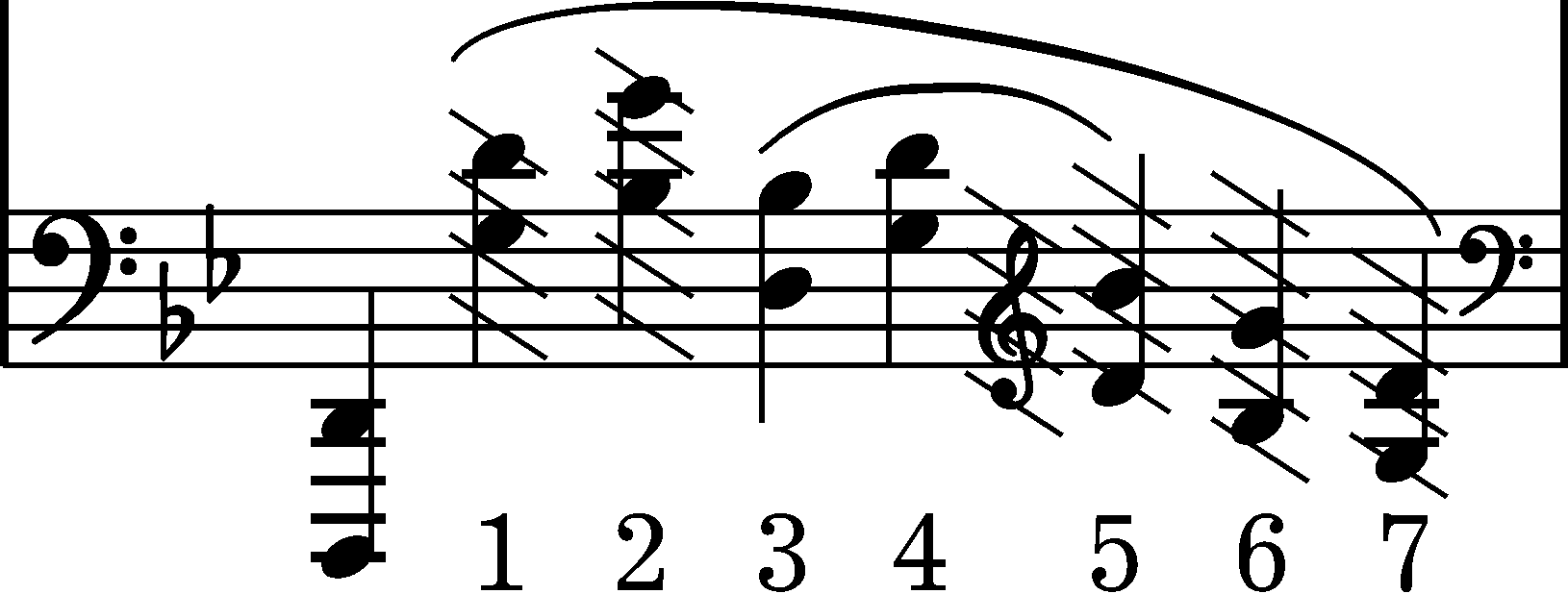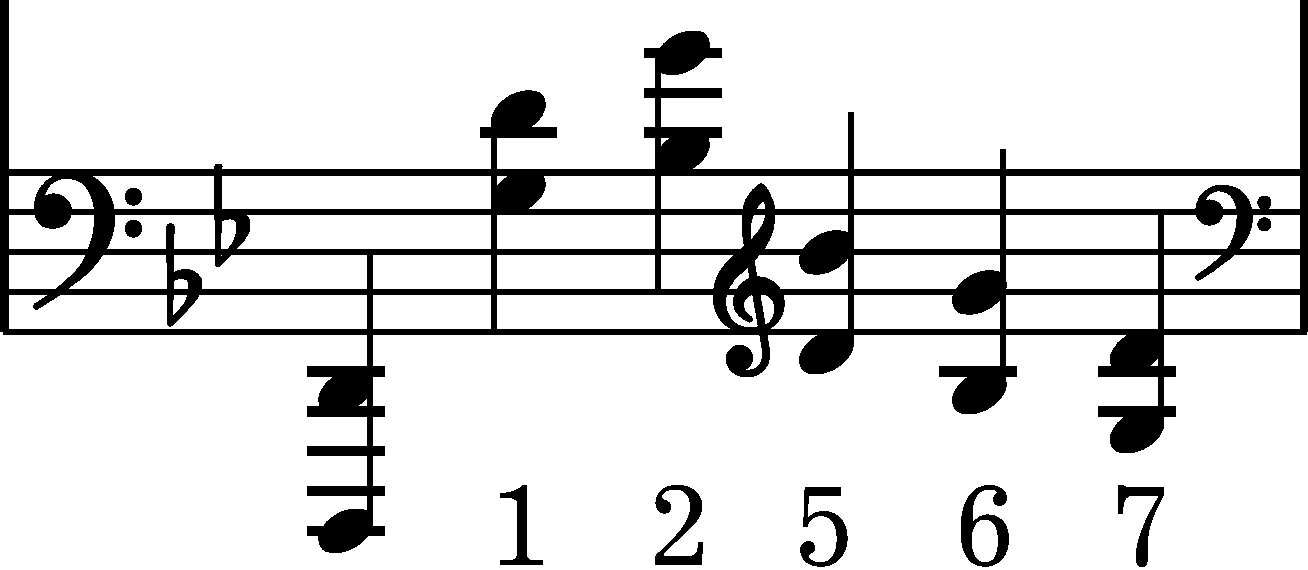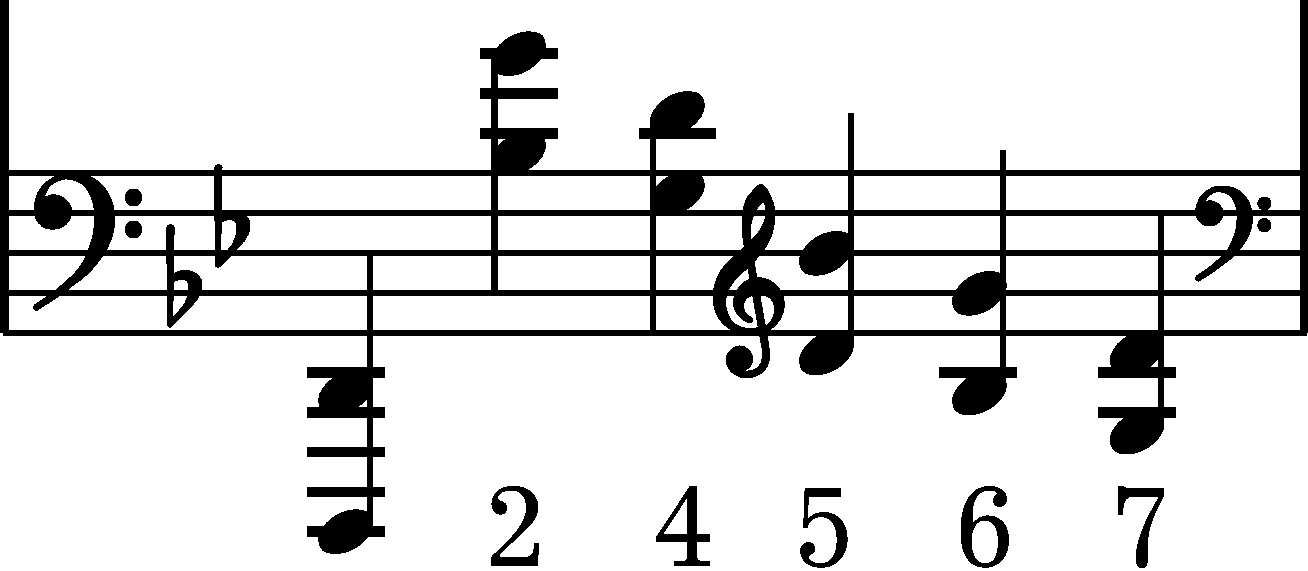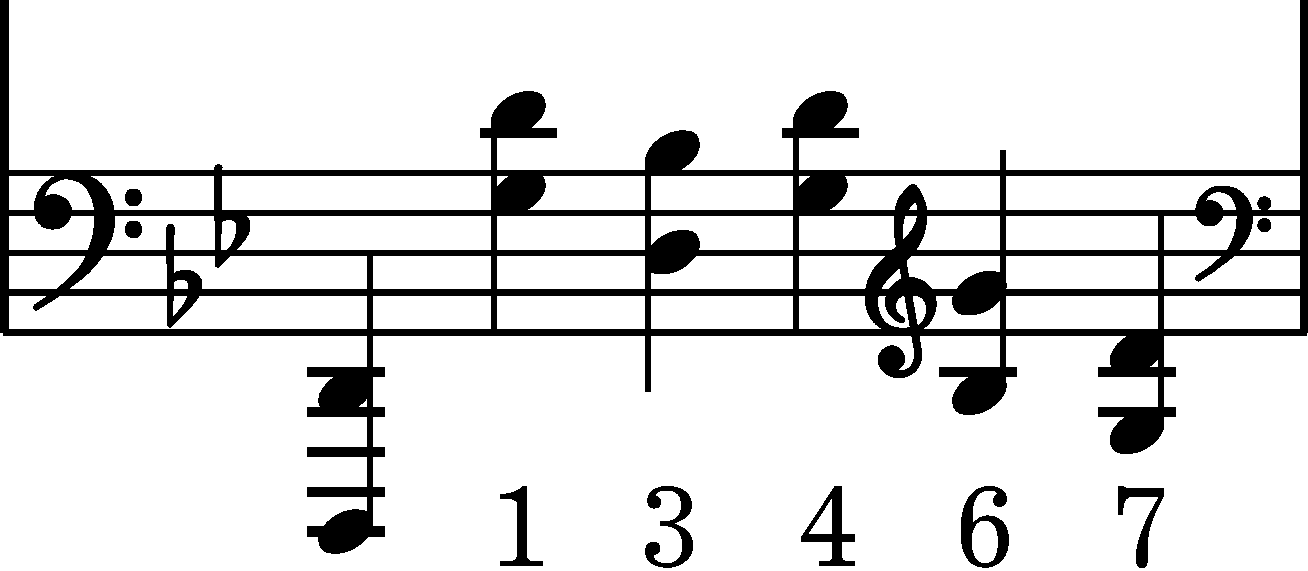



Issues : Corrections in A
|
b. 173
|
composition: Op. 23, Ballade in G minor
..
We consider the grace note in FE (→GE,EE) the latest authentic version, although it seems that the mordent present in A was not being removed at the stage of proofreading. No traces of corrections in print suggests that the engraver of FE omitted the ornament, and Chopin simply added a grace note while proofreading FE. Therefore, the deletions in A prove that the composer hesitated, since it was the grace note that was removed there and replaced with a mordent. In this situation, both versions may be considered equal variants. Similar variations are to be found in other pieces by the composer, e.g. in the Ballade in A category imprint: Differences between sources; Corrections & alterations; Source & stylistic information issues: Corrections in A , Chopin's hesitations , Deletions in A , Authentic corrections of FE , Main-line changes |
|||||
|
b. 179
|
composition: Op. 23, Ballade in G minor
..
The traces of corrections performed in print of FE reveal that each of the three octaves in the 1st half of the bar was initially written down without division into parts, on one stem pointing downwards. The corrections in A suggest that Chopin introduced a similar change into A – the removed elements correspond to the octaves provided with stems pointing upwards only. It may be another case of "parallel" corrections of A and FE1 – see the description of that edition. category imprint: Corrections & alterations; Source & stylistic information issues: Corrections in A , Deletions in A , Authentic corrections of FE , FE revisions |
|||||
|
b. 202-204
|
composition: Op. 23, Ballade in G minor
..
In A we can see the deleted initial version of the first two chords in the bottom L.H. voice, i.e. g-b category imprint: Corrections & alterations; Source & stylistic information issues: Corrections in A , Deletions in A , Accompaniment changes |
|||||
|
b. 207
|
composition: Op. 23, Ballade in G minor
..
We keep here the triplet slur, since it can also influence the articulation, just like the next one. The latter was initially a slur indicating an irregular group (quintuplet), yet Chopin prolonged it, thus giving it a different meaning, probably concerning articulation/motifs. category imprint: Corrections & alterations; Source & stylistic information issues: Corrections in A , Triplet slurs |
|||||
|
b. 207
|
composition: Op. 23, Ballade in G minor
..
In A, one can see numerous deletions in the L.H. part in this bar – it was only the initial octave that was not changed. Chopin deleted individual crotchets to eventually cross out the entire 2nd half of the bar and write the final version of the last three crotchets on an adjacent stave (below). We present a possible transcription of the main L.H. stave, taking into account a possible interpretation of the deleted crotchets:
category imprint: Corrections & alterations; Source & stylistic information issues: Corrections in A , Deletions in A , Accompaniment changes |

 , Op. 47, b. 3 and 39 or the Mazurka in C minor, Op. 30 No. 1, b. 1, 5 and 9, 13.
, Op. 47, b. 3 and 39 or the Mazurka in C minor, Op. 30 No. 1, b. 1, 5 and 9, 13. 1.
1. . We would like to point out that the interpretation on the basis of the available photograph is subject to a great deal of uncertainty. Above all, we assume that the deleted crotchets were dyads and not, e.g. triads. The latter cannot be excluded, yet it seems that Chopin was looking for the best position and maybe also shape of this accompanying figure. To guess the initial version on the basis of this notation, we must first determine which of the seven crotchets written there constituted it. According to us, there are two possible approaches:
. We would like to point out that the interpretation on the basis of the available photograph is subject to a great deal of uncertainty. Above all, we assume that the deleted crotchets were dyads and not, e.g. triads. The latter cannot be excluded, yet it seems that Chopin was looking for the best position and maybe also shape of this accompanying figure. To guess the initial version on the basis of this notation, we must first determine which of the seven crotchets written there constituted it. According to us, there are two possible approaches: . This solution, seemingly obvious and musically reasonable, is seriously flawed – it requires an explanation: why would Chopin leave such a big gap between the 2nd and the 5th crotchets when writing this version on an empty stave. After all, he could not have reserved some space for later corrections. We consider the following explanation to be likely – Chopin 'blithely' entered the first half of the bar (bass and crotchets 1 and 2), ignoring the relation to the R.H.; it was only after he had realised that the parts of both hands were out of sync that he wrote the second half correctly. When he later decided to lower the position of this figure – most probably adjusting it to the position of the accompaniment in the next bar – he used the free space to enter the first two crotchets of the final version (nos. 3 and 4) and he crossed out the 2nd half of the bar and wrote the next three crotchets under the deletion.
. This solution, seemingly obvious and musically reasonable, is seriously flawed – it requires an explanation: why would Chopin leave such a big gap between the 2nd and the 5th crotchets when writing this version on an empty stave. After all, he could not have reserved some space for later corrections. We consider the following explanation to be likely – Chopin 'blithely' entered the first half of the bar (bass and crotchets 1 and 2), ignoring the relation to the R.H.; it was only after he had realised that the parts of both hands were out of sync that he wrote the second half correctly. When he later decided to lower the position of this figure – most probably adjusting it to the position of the accompaniment in the next bar – he used the free space to enter the first two crotchets of the final version (nos. 3 and 4) and he crossed out the 2nd half of the bar and wrote the next three crotchets under the deletion. . In this case, one has to assume that the corrections were carried out in two stages. First, crotchet 2 was replaced by crotchet 1, crotchet 3 was added and crotchet 5 was removed:
. In this case, one has to assume that the corrections were carried out in two stages. First, crotchet 2 was replaced by crotchet 1, crotchet 3 was added and crotchet 5 was removed:  . In the second stage, Chopin would delete crotchet 1 and the entire 2nd half of the bar, which he wrote on the stave below in a new version.
. In the second stage, Chopin would delete crotchet 1 and the entire 2nd half of the bar, which he wrote on the stave below in a new version.